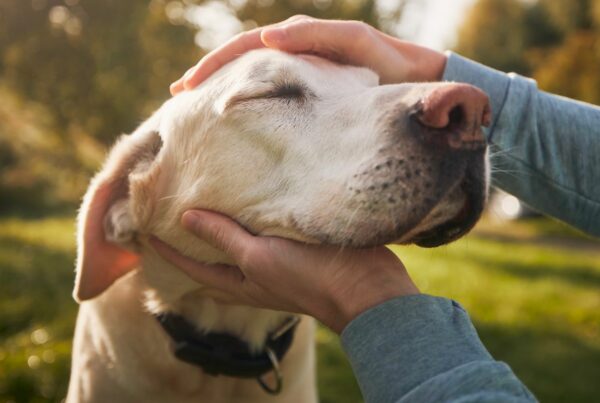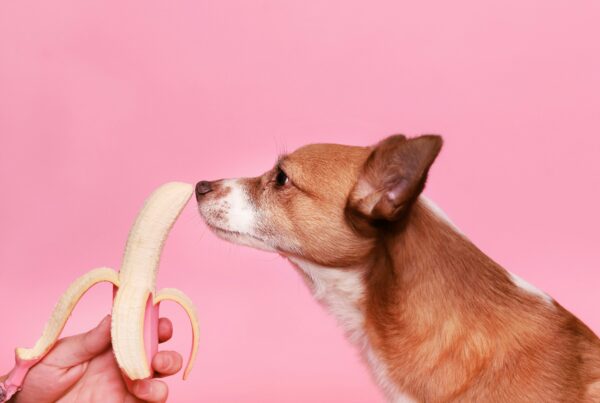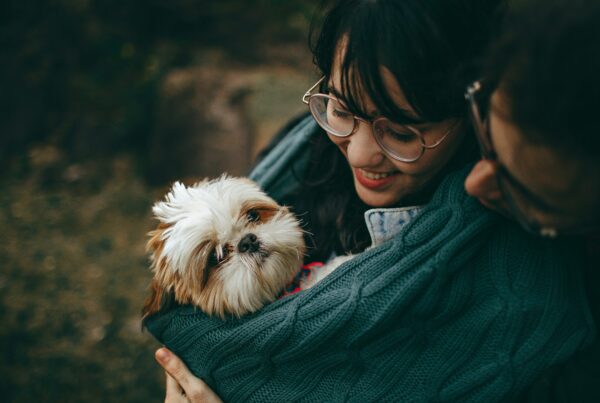Understanding your pets’ needs is challenging. Their unique facial expressions, sounds, and movements can amuse us but don’t help us understand their language. Thus, pet parents often wonder why their pets follow them around, if their cat is depressed, or why their dog has zoomies.
However, understanding the true meaning behind common pet behaviors is crucial. Your dog receives love and attention from you, and in return, they give you loyalty and unconditional love. However, there are certain things your dog wants you to know, whether you’re a first-time dog owner or have dogs your entire life. Listening to your dog’s thoughts can help you better understand their needs and preferences.
Understanding Your Dog’s Language
Science and technology have enabled us to understand our pets more deeply. Their activities, movements, and sounds differ from our human world’s meanings. As a pet parent, we must understand their needs and provide them with the home they deserve. Moreover, with services like Pet Domestic, caring for our pets has become easier. However, we still need to get into their heads.
Given below are some of the important gestures that help you understand what your dog is trying to communicate—
1. I Need A Snack
Dogs naturally instinctually clean up any food left on their faces and hands after eating. This behavior is not a form of affection or bonding but rather a way for them to gather sensory information about the item they licked.
Some dogs may also lick people when crying or sweating or when their skin is wet after a shower.
However, excessive licking can be a sign of anxiety or stress in dogs, so it’s important to monitor their behavior and address any underlying issues.
You can strengthen your bond with your furry friend by setting boundaries and training your dog not to lick excessively.
It’s worth noting that dogs may need to work extra hard with toddlers to clean up the person or child and get a taste of human food.
Understanding the reasons behind your dog’s licking behavior can help you develop a better relationship with your pet.
2. Give Me All Your Attention!
Animals often seek attention and may resort to antics to communicate with us. This can be seen in the behavior of pets, who may resort to negative reactions to elicit a reaction.
However, it is important to remember that we are our pets’ whole world, and their lives revolve around us. We get to go out, meet new people, see new places, and experience new things while they wait for us to come home. Therefore, when you return home, they might act bouncy and noisy, but it is just excitement.
They want to show you how much you mean to them. Thus, they can express it through their tail-wagging and love-filled eyes. Even if they don’t understand our world, they are always present to listen and comfort us when needed.
Our happiness is their happiness; our presence is all they need to feel complete. Remember, you are always loved and cherished by your loyal companion.
3. I’m Not Going Crazy!
Zoomies do not mean your dog is going crazy, even though it might seem like it. Dogs sometimes exhibit frenetic random activity periods (FRAPs), or “zoomies,” when they feel happy and excited.
These behaviors can occur after a bath, walk, or coming back inside from outdoors, as well as after swimming in a pool or lake. Pet parents may also observe zoomies after their dog defecates. Zoomies typically occur during specific times of the day, possibly due to biological rhythms similar to those of coyotes hunting at dawn and dusk. Pain can sometimes trigger zoomies, but they are usually a positive event.
Dogs may also become excited when encountering something stimulating, such as a familiar person or another dog. Dr. Radosta encourages pet parents to appreciate dog zoomies’ hilarity and entertainment value.
4. I Don’t Feel Guilt!
Guilty looks in dogs indicate fear, concern, or anxiety in response to potential confrontations. Research suggests that dogs with a guilty look do not show evidence of engaging in misbehavior but rather communicate concern about a potential conflict. An experiment by a professor and author found that dogs look guilty not because of their actions but as a reaction to the owners’ actions.
Moreover, when attempting to defuse a crisis or appease their masters, submissive dogs avoid their gaze, lean down, and lower their heads. When several dogs live in a home togather, the puppy who appears to be the guilty one could be the peacemaker. A study confirmed the appeasement theory by leaving dogs alone with food on the table. Owners responded positively to their dogs, while clinical observers observed that both guilty and innocent dogs greeted their owners similarly.
The conclusion is that dogs feel guilty for reasons unrelated to their actions and closely related to our actions.
5. I don’t Understand Punishments
It is ineffective to yell at your dog for causing issues like mess or barking as it doesn’t teach them desirable behaviors and can lead to long-term behavioral problems. Instead, try to focus on teaching desired behaviors and managing your environment. Furthermore, dogs may develop more problems like submissive urination if they tolerate rough handling. Also, they can become helpless and stop offering behaviors for fear of more yelling, leading to paralysis and failure to learn desirable behaviors.
However, dogs don’t understand your language. Thus, yelling at them hours later for something they did is pointless. Instead, focus on teaching desirable behaviors and managing your environment. For instance, if your dog tends to get into the trash while you’re away, set it up for success by putting the garbage out of reach or investing in a step can to keep nosy dogs out. Moreover, to discourage barking, it is unlikely to work to yell at your dog. Instead, focus on figuring out what is causing the barking and take steps to address the cause rather than the behavior itself.
Make Them Feel Loved
Dogs are social animals that crave human attention and care. They love your pampering, back massages, belly rubs, and ear scratches, making them feel relaxed and happy. You can also speak to your dog gently and soothingly to show your affection and appreciation. Remember to reward your furry friend with a tasty and healthy treat that they love every time they do the right thing. This will make him happy and keep him healthy and satisfied. So, spend quality time with your dog and show him how much you love him!
Photo credit: atanas-teodosiev-GvhSUEN-Lm8-unsplash
Did you find this city dog content helpful? Share it with a friend or link it to social media. Enjoy short clips of silly dogs? Best dog training videos? Holistic puppy training tips? Follow us on instagram @nydognanny or on YouTube at nydognanny. Have some news you needs to get to dog and cat parents stat? Email info@newyorkdognanny.com with your article pitch.




